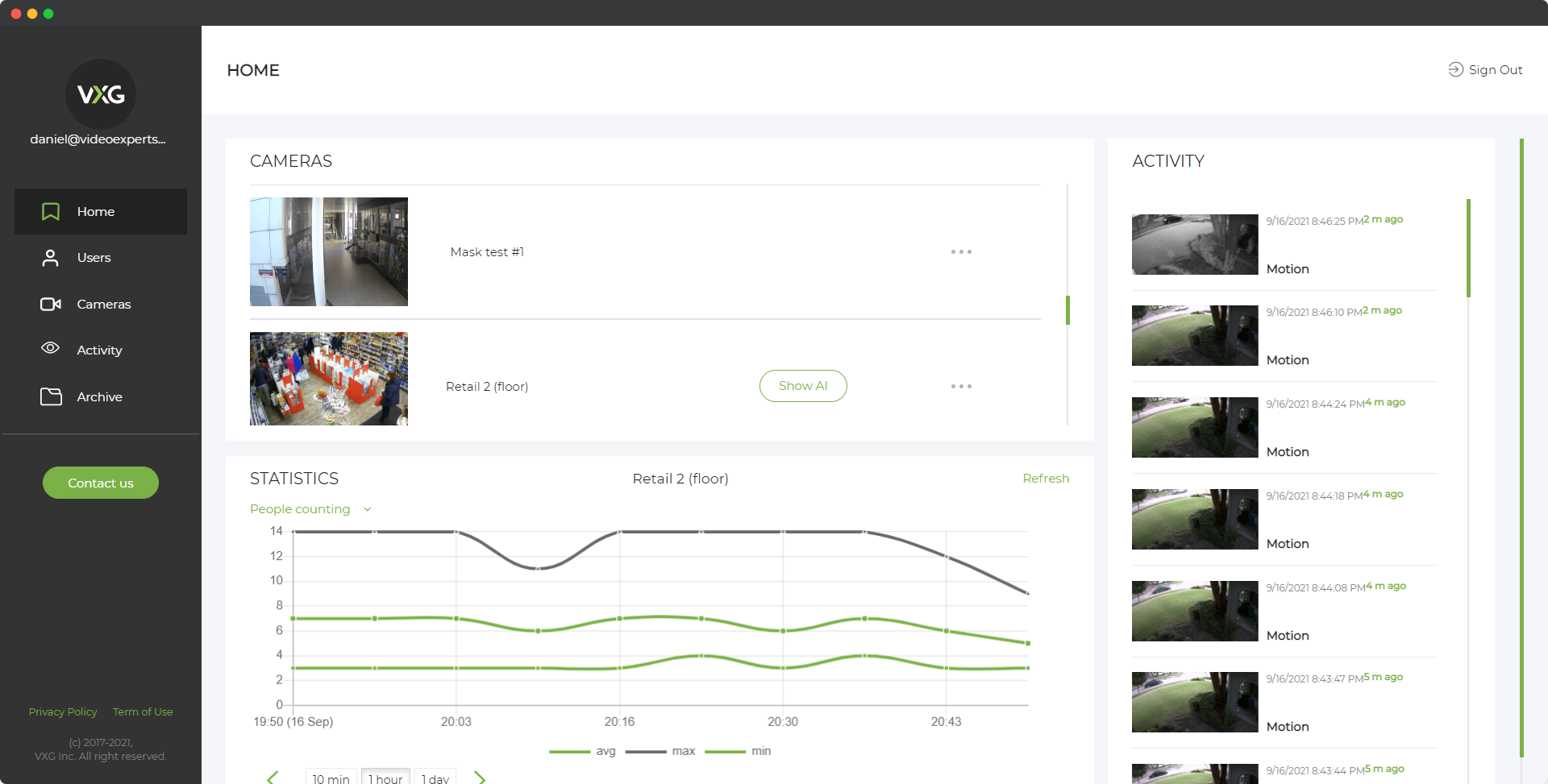OpenWrt is a powerful, customizable, and open-source firmware used by many network enthusiasts to enhance the performance and functionality of their routers. Unlike the default firmware that comes pre-installed on routers, OpenWrt allows users to unlock additional features, improve network stability, and even boost security. Whether you're looking to maximize your router's capabilities for home use or to manage a more complex network, OpenWrt is a flexible solution that turns your router into a highly functional device.
Meaning
OpenWrt stands for "Open Wireless Router", but its application goes beyond just wireless connections. It's an open-source operating system based on Linux, specifically developed for embedded devices like routers. The primary appeal of OpenWrt is its ability to replace a router's stock firmware, giving users total control over how the device operates. This customization opens the door to advanced networking functions such as VPN integration, custom firewall settings, bandwidth monitoring, and even the installation of additional software packages.
The OpenWrt project is community-driven and continuously updated, providing improvements and patches for security vulnerabilities, unlike some manufacturer-supplied firmware that may not receive timely updates.
What are the Advantages of Using OpenWrt for Router Customization?
There are several advantages to using OpenWrt, especially if you're looking to customize your router for specific needs. Here are the most notable benefits:
-
Full Control and Flexibility: OpenWrt provides users with complete control over their router, allowing you to fine-tune settings, install new features, or remove unwanted functions. You can prioritize traffic, create virtual LANs (VLANs), and even configure your router as a VPN server.
-
Advanced Security Features: OpenWrt is frequently updated by the community, which means security vulnerabilities are patched quickly. Additionally, you can install firewall software, intrusion detection systems, and other security measures that aren't available on factory firmware.
-
Software Package Support: OpenWrt has its own package management system, allowing users to install various software packages. These include applications like network traffic monitoring, web servers, or even Tor for anonymous browsing.
-
Performance Optimization: OpenWrt enables better hardware utilization, improving the performance of routers, particularly older models. You can set specific traffic rules and manage bandwidth more efficiently, which is especially useful in networks with multiple devices or high-demand tasks like streaming.
-
Customization for Specific Use Cases: Whether you need a router for home, business, or IoT applications, OpenWrt can be tailored for your specific use. You can configure the router to be a wireless repeater, a firewall, or even an ad-blocker for the entire network.
How to Use an OpenWrt Router?
Using an OpenWrt router involves several steps, but it primarily revolves around installing the OpenWrt firmware on a compatible device and configuring it according to your needs. Here's a simplified guide:
-
Check Router Compatibility: Before installing OpenWrt, make sure your router model is supported. OpenWrt maintains a list of compatible devices, which can be found on its official website.
-
Download the OpenWrt Firmware: Once you've confirmed that your router is compatible, download the correct firmware version for your specific router model from the OpenWrt website.
-
Backup Current Firmware: It's highly recommended to back up the original firmware in case you need to revert to it later.
-
Install OpenWrt: Using the web interface of your router, upload the OpenWrt firmware. This process will overwrite the factory firmware. Once installed, your router will reboot.
-
Access the OpenWrt Interface: After the reboot, you can log into the OpenWrt interface by entering the router's IP address in a browser (usually 192.168.1.1). From here, you can configure settings, install packages, and customize the router as needed.
-
Configure the Router: Set up your wireless network, configure firewall rules, and install additional packages based on your needs.
Which Routers Are Compatible with OpenWrt?
Not all routers are compatible with OpenWrt, but many popular models from major brands can run the firmware. Some of the compatible brands include:
- TP-Link: Many TP-Link routers, especially the Archer series, are compatible with OpenWrt.
- Linksys: Linksys is widely recognized for supporting open-source firmware like OpenWrt, particularly the WRT series routers.
- Netgear: Several models from Netgear, such as the Nighthawk series, are supported.
- ASUS: ASUS routers, especially those with higher-end hardware, often support OpenWrt.
- D-Link: Select models from D-Link are compatible, but compatibility should always be confirmed through OpenWrt’s official database.
Best OpenWrt Router
Choosing the best OpenWrt router depends on your specific needs, such as performance, budget, and features. However, here are some top recommendations that work exceptionally well with OpenWrt:
Linksys WRT3200ACM

- Overview: This router is one of the best for OpenWrt due to its powerful hardware and excellent open-source support.
- Features: Tri-stream 160 technology, 1.8 GHz dual-core processor, and 512 MB RAM.
- Why it's great: It offers robust performance, making it suitable for advanced configurations, large networks, and demanding tasks like VPNs.
TP-Link Archer C7

- Overview: A budget-friendly option, widely regarded for its compatibility with OpenWrt.
- Features: Dual-band Wi-Fi, 1.75 Gbps bandwidth, and 1 GHz processor.
- Why it's great: It’s affordable but still delivers solid performance, making it a great entry-level OpenWrt router.
Netgear Nighthawk R7800

- Overview: A high-performance router ideal for advanced users who want the best of OpenWrt.
- Features: Dual-core 1.7 GHz processor, beamforming technology, and 512 MB RAM.
- Why it's great: With excellent range and speed, this router can handle heavy traffic and complex networking setups.
ASUS RT-AC68U

- Overview: A well-rounded router for medium to large homes that’s also easy to flash with OpenWrt.
- Features: 1 GHz dual-core processor, 256 MB RAM, and AiRadar beamforming technology.
- Why it's great: Known for stable performance and wide coverage, it’s perfect for most home networks.
OpenWrt transforms standard routers into powerful, customizable networking devices, allowing users to take full control of their home or office networks. Whether you’re looking for advanced security, performance optimization, or unique networking features, OpenWrt provides a versatile solution that’s compatible with many popular router models.
















